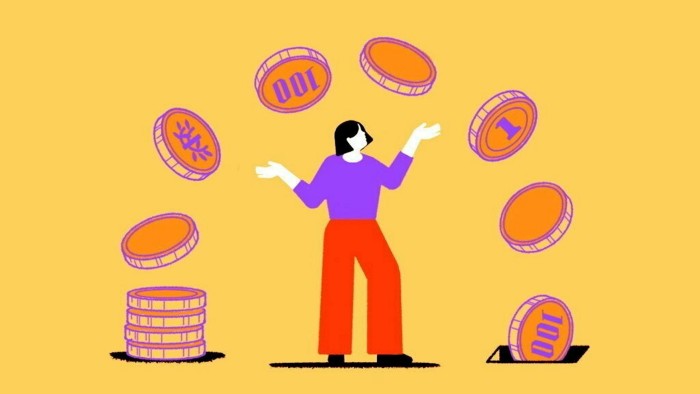Stay informed with free updates
Simply sign up to the Japanese business & finance myFT Digest — delivered directly to your inbox.
Japan is currently emitting an epochal noise: the pained rip of a tenacious plaster finally parting company with a nearly-healed wound.
Global markets, along with Japan’s own financial industry, have perhaps not yet fully grasped the implications of Japan’s Great Financial Unsticking, but they may soon have no choice.
Japanese interest rates turned positive last year after a protracted stint of virtual non-existence; inflation expectations now look entrenched, so money, as well as looking more portable than before, has to work harder for everyone than it has needed to since Japan’s current crop of 25-year-olds was born. Demographics have also caught up with financial arrangements. According to government figures, an estimated 17.4mn Japanese, or 14 per cent of the current population, are forecast to die between now and 2035.
That implies an inheritance avalanche the likes of which the country has never experienced. Money will move with velocity between generations, between financial institutions and potentially between international markets: the heirs do not reliably stow wealth where their parents did.
The allocation of Japan’s trillion-dollar stash of household assets, roughly half of which have been nonchalantly parked in cash and bank deposits for decades, is simultaneously moving under the pressures of a huge behavioural and environmental shift: rising prices, particularly of food, are forcing a quest for returns that few bothered to consider a few years ago.
The great unsticking, therefore, pulls at two corners of the plaster: assets once held firmly in place by inertia and the absence of urgent pressure to move are being suddenly unmoored by the reality of both actuarial and kitchen tables.
In January 2024, Japan significantly expanded an existing tax protected investment scheme known as Nisa and modelled on the UK’s Isa. A year later, Japanese households held 26mn Nisa accounts that collectively contained Y53tn ($368bn).
In a move that has rapidly globalised Mrs Watanabe’s influence on markets, the new crop of investors has ploughed huge parts of that pot into funds tracking both the S&P 500 and All Country indices. The heavily domestic-focused asset managers have generally outsourced the management of foreign equities, but that now appears to be changing. Japan’s biggest asset managers, in a bid to bring more of their new business in house, are suddenly eager to acquire asset management firms in the UK and US.
Last month, the Bank of Japan left its short-term interest rate target on hold at around 0.5 per cent. But the unprecedented deluge of adverts placed by Japanese banks competing for savers’ fixed-term yen deposits will probably prove even more consequential.
After years of basically matching one another’s halfhearted inducements to customers to shift accounts, the banking market is awash with differentiated strategies, engagingly competitive offers and genuine innovation — from financial giants to regional minnows and new online banks. On July 1, one of Japan’s biggest financial magazines ranked everything currently on offer from all the different bank campaigns. The conclusion is that the best available rate for one-year fixed-term deposits — 1.35 per cent — is roughly four times better than what is being dangled by Japan’s largest megabanks. Customer movement feels inevitable and, according to bankers, has started.
Many banks are offering one-year deposit rates in the 0.6-0.8 per cent zone — not vast, certainly, but as the article notes, much better than the 0.002% rate that was the norm for eight years until negative rates were lifted in March 2024.
The big question, then, is how changing customer behaviour changes the behaviour of Japan’s banks, which have spent decades forming business models around customer stickiness. One major change, say some analysts, may already be happening in long-dated Japanese government bonds. When yen deposits were made on a horizon that might stretch to decades, the banks could match the risk with purchases of super-long government debt.
Now there is real competition, real inducement and real movement, customers’ deposit horizons may drop suddenly into the two to five-year range. Japan’s banks may want a very different mix of government debt than they have needed in the past, with knock-on effects for the government, as issuer, and the already volatile long-end of the JGB curve.
These are very early days, but ructions seem inevitable. The Great Unsticking has begun.
leo.lewis@ft.com
https://www.ft.com/content/d742fa39-e55e-4b76-b7f7-b8d40775d936


